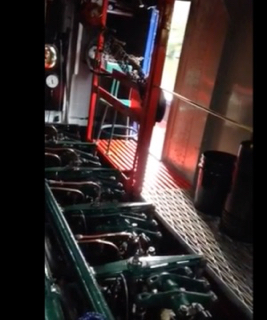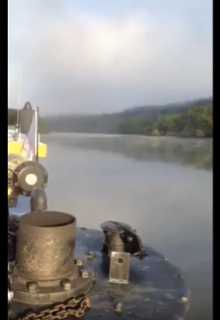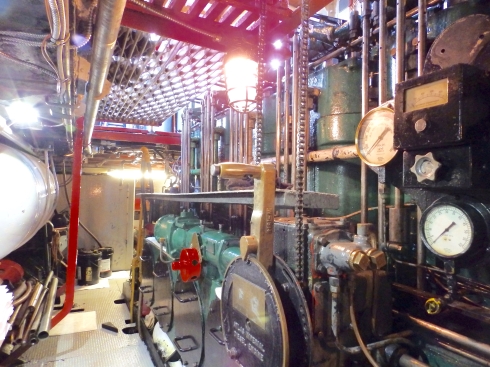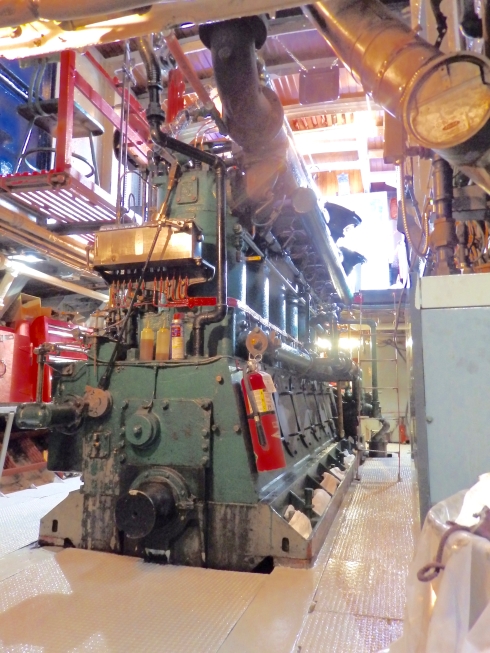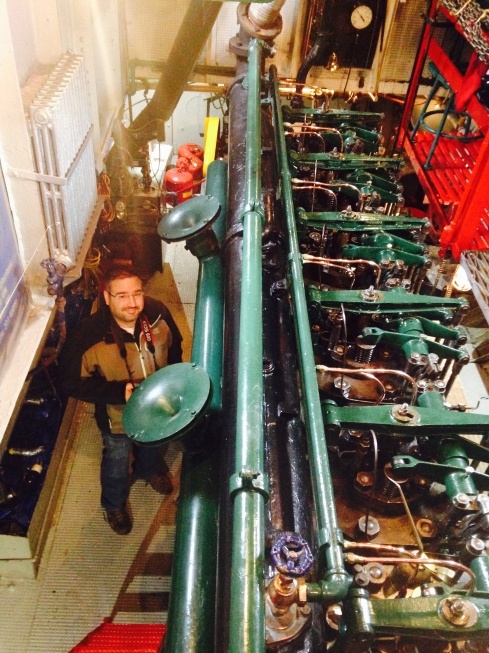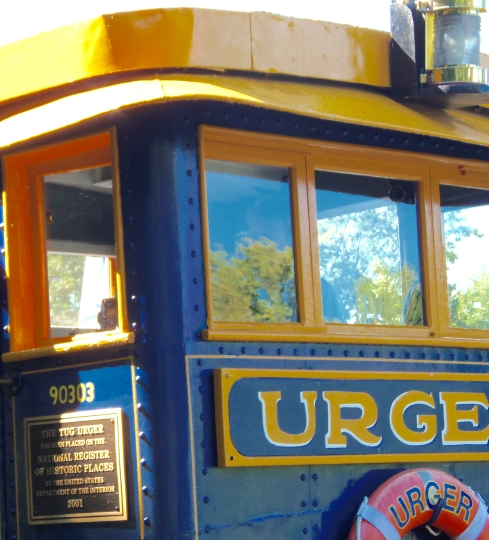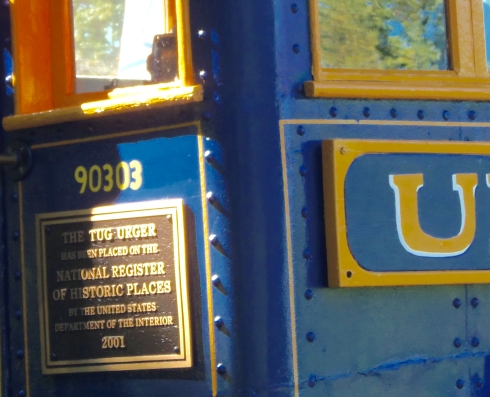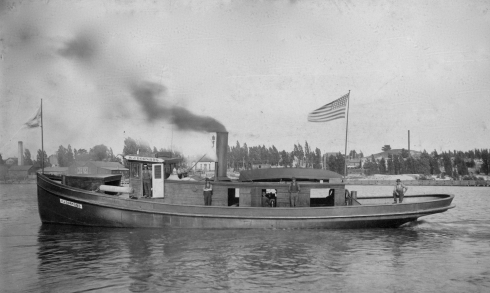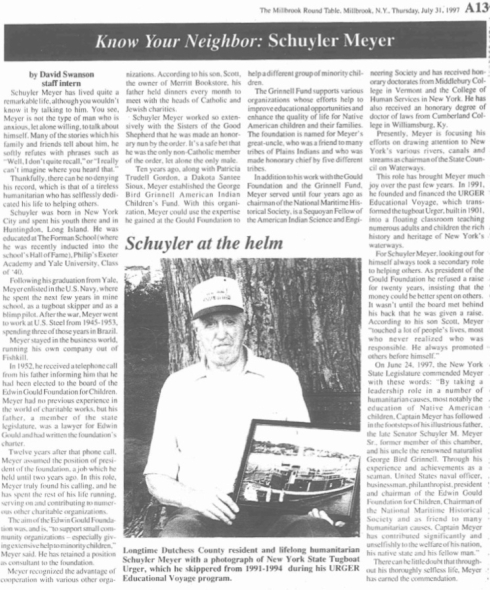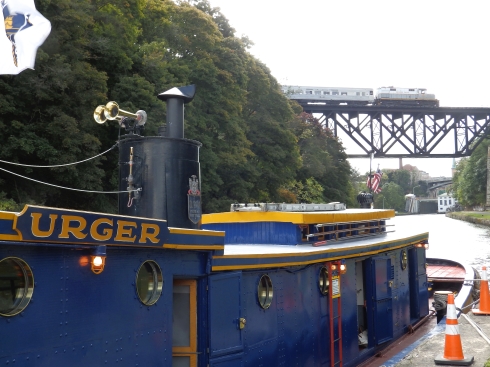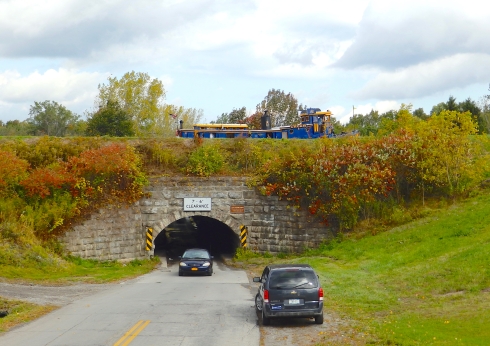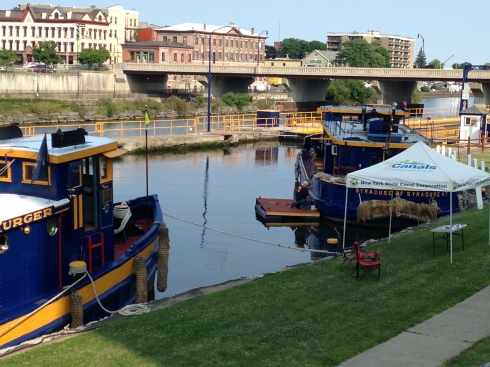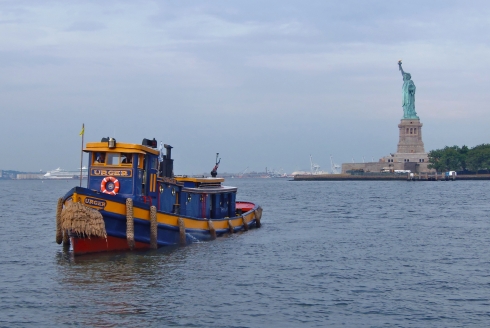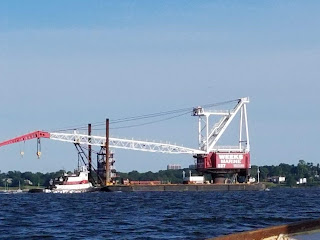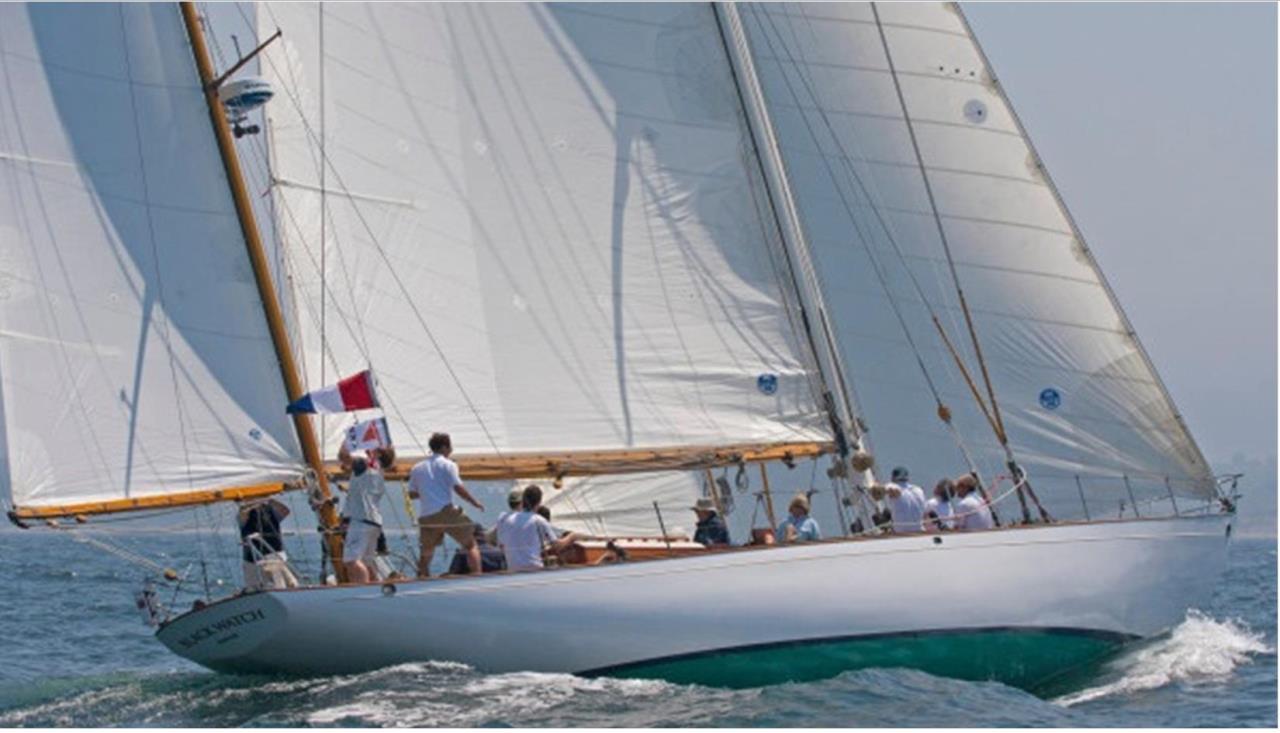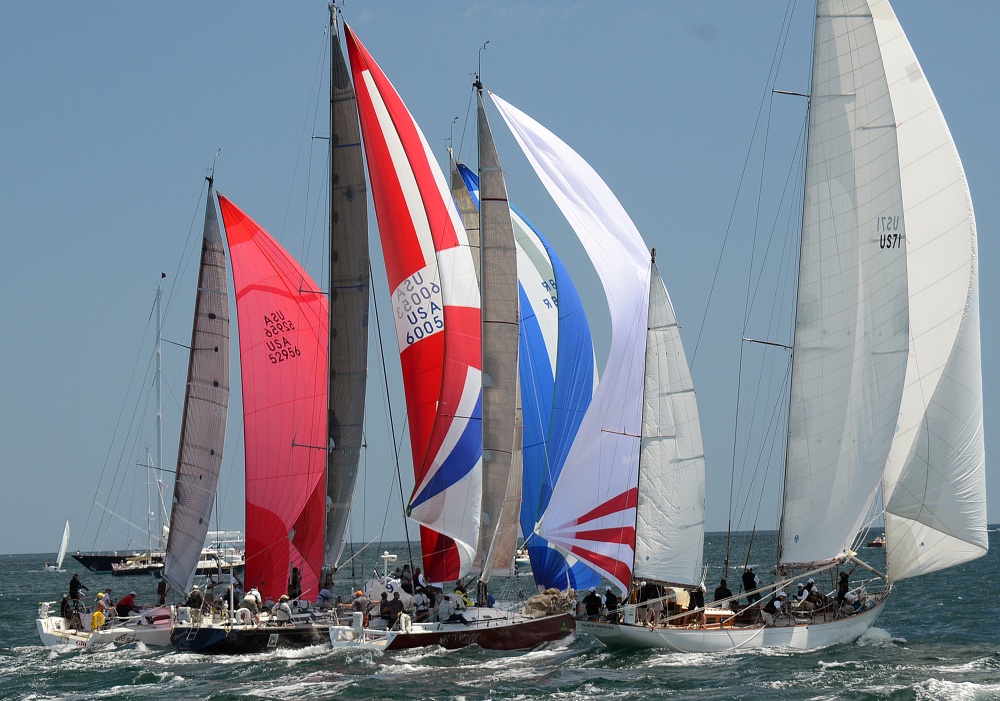North Cove- the boat basin just west of New York's World Trade Center is a stopping point or home for an array of boats: afternoon cruise boats, the Colgate 26's of North Cove Marina sailing school, ocean racers, and mega yachts.
Today we went aboard one of the Clipper Round the World racers but found ourselves drawn to the yawl Adele (55m LOA, 10m beam). The shots below are mine except the overhead. But to get the feel of it at sea check out
by David Glenn February 2017

Read more at http://www.yachtingworld.com/special-reports/life-aboard-adele-10562#wZVLyVgSeUtfjVmV.99
Today we went aboard one of the Clipper Round the World racers but found ourselves drawn to the yawl Adele (55m LOA, 10m beam). The shots below are mine except the overhead. But to get the feel of it at sea check out
Adele in the deep South Atlantic - video as the boat heads to South Georgia Island - launching point for whalers and explorers of the deep south.
What is life really like aboard a superyacht - the 55m yawl Adele. by David Glenn February 2017
For two memorable weeks in 2009, I was accommodated in the port aft guest cabin, a twin-berth, mahogany-lined cocoon of comfort of Adele, a 54m modern classic by Hoek Design, built at Vitters and launched in 2005. This was my diary at the time:
My cabin insulates me entirely from the conditions outside. As I write this I’m looking through the porthole up at snow-covered peaks on South Georgia’s rugged coastline, but sitting here it’s hard to tell I’m aboard a yacht. The air conditioning keeps the cabin at a comfortable constant temperature and although one of Adele’s three generators is always running there’s only the faintest background hum from the air con.
Occasionally an electric motor or hydraulic pump whirrs into action, barely audible, a sign that the crew are launching or retrieving one of the three tenders, weighing anchor or unfurling and trimming a sail.
There’s a phone at my bunkside with a Fleetline and Iridium link to the outside world and best of all a network connection point for my laptop which links me to the yacht’s internal server and e-mail system. With my own onboard e-mail address issued as soon as I arrived I have been able to send anyone aboard an e-mail or leave a message on the yacht’s server to be sent to the outside world twice a day.
Text and small pictures are OK and that’s how this blog is happening. For the yacht it isn’t exactly cheap and the bill can run into several hundred dollars a day but if you have to keep in touch you can. Sadly, we do need to keep in touch…
Breakfast is served at a time agreed with the guests – there are eight of us – the owner Jan-Eric Osterlund and his wife Jennifer, the skipper, chef Claire Oliver and chief stewardess Anne Hall-Reace. Anne alternates her job with Liesel Havercroft so that she can get time off at home in South Africa, a system increasingly used in this extremely demanding service industry. For this demanding trip it’s her tour of duty.
Shortly after breakfast skipper Andre will produce The Daily Mail – yes, Adele subscribes to this satellite transmission service which is then printed out each morning. As we are only two hours behind GMT we are impressively up to date with what’s going on 8,000 miles away. Some of us think this is a shame but there’s always a rush for the Mail mainly to see the cricket and rugby scores.
Together with the papers will be a satellite derived weather check, printed out for all to peruse and as we get closer to a departure time for Brazil these charts become increasingly interesting and important to analyse.
The day’s plan of action will have been mapped out the evening before so that the crew know when to launch boats, have packed lunches together and when to expect us back for lunch, tea or dinner. While we’ve been in South Georgia the weather has been distinctly mixed and it’s become cold with snow and high winds so going ashore for some wildlife adventure normally means a thermal layer, fleeces, full oilies, long boots with walking boots in another pack, gloves, head gear and lifejackets. We all look as though we’re going to the moon by the time we’re ready to disembark.
We take grab bags full of emergency kit including sleeping bags, a tent and emergency rations. One must never forget that this remote, barely inhabited island will not support human life for much time in extreme conditions and if for any reason we couldn’t get back to Adele, which is our lifeline, we must be prepared to hunker down ashore. Radios are used extensively and if the shore party splits it’s essential both groups can communicate with the yacht.
There are three tenders from which to choose, a aluminium hulled RIB with a 35hp diesel outboard – good for running up the beach – a Castoldi jet boat, excellent for shallow waters, and the biggest a small launch driven by an outdrive unit which can cope with fairly rough conditions. They are all stowed on the foredeck and can be launched remarkably quickly by a halyard run to a powered drum winch. Bosun Georgina Swan and deckhand Quinton are responsible for getting us ashore and drive the boats with great skill, difficult sometimes with a sea running as they manoeuvre alongside the boarding platform.
Read more at http://www.yachtingworld.com/special-reports/life-aboard-adele-10562#wZVLyVgSeUtfjVmV.99









